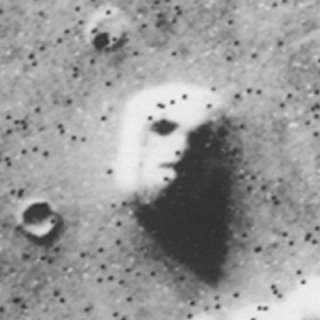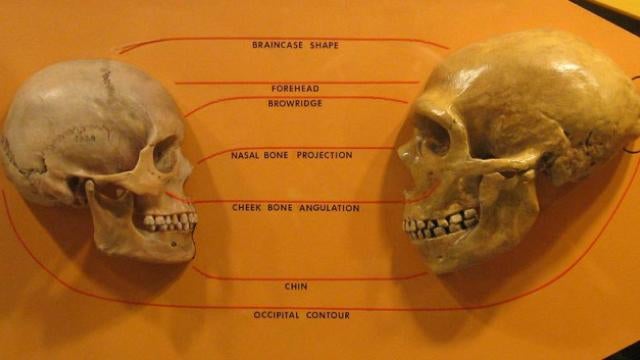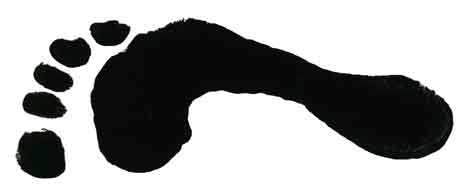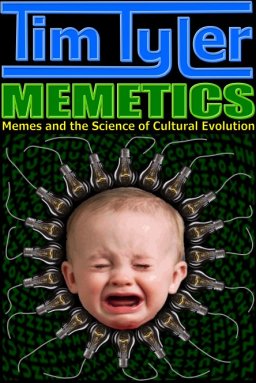 Most accounts of the origin of human cultural evolution focus on imitation or social learning. However there's another possibility - that the most relevant changes were in teaching ability - or inclination to teach.
Most accounts of the origin of human cultural evolution focus on imitation or social learning. However there's another possibility - that the most relevant changes were in teaching ability - or inclination to teach.The scenario I favor relating to the origin of social learning in humans involves walking. This scenario is described in my essay walking made us human. Walking is a socially-transmitted trait. Learning it promptly is extremely important for modern humans. Walking is also widely taught to offspring by their parents. This observation suggests another scenario for the early cultural evolution of humans - in which changes in teaching ability are more significant than changes in learning ability.
Teaching ability is easier to change via cultural evolution than infant learning ability is. It is probably easier to change via DNA gene evolution too. Since the trait looks as though it is probably easier to modify, there's at least a fair chance that the main difference between the early walkers and the non-walkers was that the walkers put more effort into teaching their offspring.
Teaching is not involved in all types of cultural transmission. However it is involved in transmission of walking. Acceptance of the scenario described in Walking made us human makes this "teaching first" hypothesis more likely.
The focus on learning seems fairly ubiquitous among students of cultural evolution to me. Susan Blackmore in The Meme Machine promoted the importance of imitation. Lee Alan Dugatkin reviewed Susan's book and then went on to write The Imitation Factor. While both books are excellent, if the teaching first hypothesis is correct then an emphasis on imitation may be misplaced.
Can we test the idea? The detailed history is probably lost in he mists of time. However, we can probably test the idea that teaching ability is easier for cultural and genetic evolution to produce. If so, the teaching first hypothesis becomes favored by Occam's razor - conditional on the ideas described in walking made us human.
 Memesis refers to the origin(s) of meme(s). Its etymology derives from
the terms 'meme' and 'genesis' - it's a contraction of meme-genesis.
It can refer to the origin of a particular meme - or more generally
to the origin of evolving culture.
Memesis refers to the origin(s) of meme(s). Its etymology derives from
the terms 'meme' and 'genesis' - it's a contraction of meme-genesis.
It can refer to the origin of a particular meme - or more generally
to the origin of evolving culture. What drove the human ability to transmit culture with high enough fidelity to support the current cultural explosion?
What drove the human ability to transmit culture with high enough fidelity to support the current cultural explosion?

 Walking was part of our lineage from the point where it split from chimpanzees - as far as archaeologists can tell.
Walking was part of our lineage from the point where it split from chimpanzees - as far as archaeologists can tell. One of the more coherent critiques of
One of the more coherent critiques of  As discussed extensively on this site, memes prefer to have an enlarged human cranium in which to swarm.
As discussed extensively on this site, memes prefer to have an enlarged human cranium in which to swarm. It is widely believed that cultural evolution goes much faster than the evolution of human DNA can manage.
It is widely believed that cultural evolution goes much faster than the evolution of human DNA can manage.








